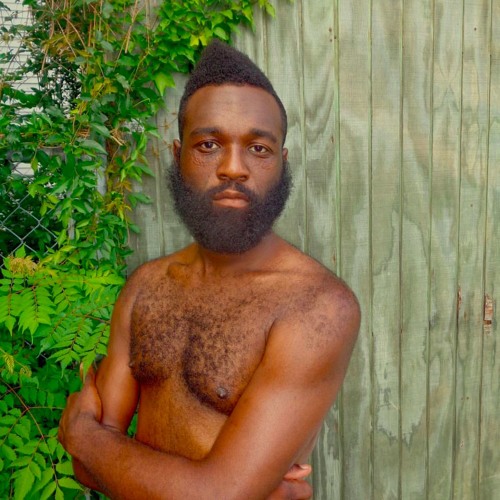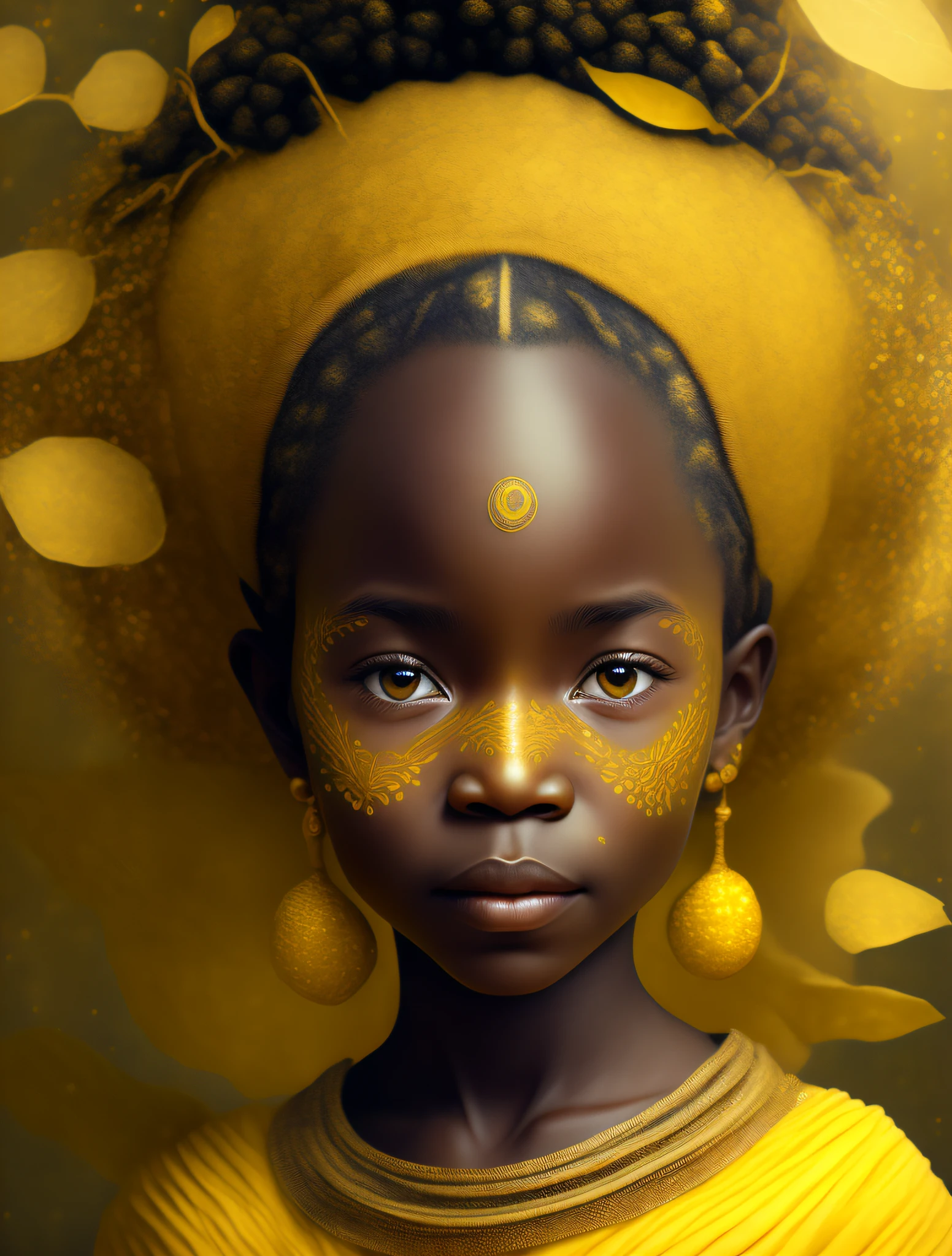Could a scene of defiant artistry and radical inclusion truly thrive, fostering a sense of belonging for those often marginalized? The answer, resonating with the raw energy of a DIY punk show and the unwavering spirit of community, is a resounding yes.
The echoes of a defiant subculture continue to reverberate, whispering tales of resilience, creative expression, and the unyielding pursuit of safe spaces. This is the story of Black and Brown Punk, a vibrant tapestry woven with threads of identity, artistry, and a fierce rejection of societal norms. It's a story born in the heart of Chicago, a testament to the power of collective action, and a beacon of hope for queer, trans, and intersex punks of color. It's a story that began with a simple act of solidarity: a benefit punk show organized by Monika Estrella Negra and Dont Oxun in 2010, designed to support an underground library and art space.
The genesis of this movement, like many others that rise from the depths of counter-culture, was far from a grand plan. It was a reaction, a pushback against the pervasive forces of exclusion and erasure. As the punk scene, known for its rebellious spirit, began to grapple with its own shortcomings, the need for intentional spaces became apparent. Those seeking refuge and connection sought to create environments where the marginalized could not only exist but also flourish.
- Undress Ai The Revolutionary Technology Shaping The Future Of Digital Design
- Downloaded From Hdhub4u Your Ultimate Guide To Highquality Entertainment
The early days, as chronicled by those who witnessed them, were marked by an invigorating DIY ethic. Shows were organized with a spirit of self-reliance, often held in unconventional spaces. Bands, artists, and performers found platforms to share their work, to voice their experiences, and to connect with others who understood their struggles. The collectives name, Black and Brown Punk, was a direct statement of intent. It declared the groups focus on fostering a space for people of color, especially queer, trans, and intersex individuals, to exist and thrive within the punk scene, which had, at times, proven unwelcoming.
The name itself carries the weight of experience. The use of racial and ethnic terms was not incidental. It explicitly embraced identities that often felt excluded within the broader punk community and the world at large. This was a deliberate act of reclamation, an embrace of visibility, and a refusal to be silenced. The echoes of prejudice and intolerance within the punk scene, from casual slurs to outright hostility, were met with a powerful act of resistance: the creation of something new and vibrant.
The story of Black and Brown Punk highlights the complex relationship between marginalized groups and the very spaces they inhabit. It's not just about creating a "safe space" but building a platform where different voices can be heard and respected, regardless of their origin or background. This idea of a safe space transcends a mere absence of harm, and evolves into a dynamic environment where diverse perspectives can converge.
- Discover The World Of Filmy4web Your Ultimate Guide To Streaming Movies
- 7starhd Movies Your Ultimate Destination For Highquality Entertainment
The impact of Black and Brown Punk extends beyond its physical location. It has influenced the development of other communities and has broadened the scope of what punk can be. More than just a genre of music, punk is a mindset, a willingness to challenge the status quo, and a dedication to self-expression. The success of Black and Brown Punk has also paved the way for the creation of other similar initiatives, demonstrating the power of community to effect real social change.
The influence of Black and Brown Punk goes beyond a single geographic location or specific genre; it represents a broader shift in the way people think about community building, inclusivity, and artistic expression. The movements principles are increasingly relevant and have a lasting impact on society.
Another significant example of this grassroots movement is the event curated by Camae Ayewa, also known as Moor Mother, and her band The Mighty Paradocs. They created an event called Rockers in Philadelphia, which took place in the mid-2000s. This served as a parallel expression of community and creative defiance.
The collectives emergence underscores the enduring power of art as a catalyst for social transformation. Punk music, with its rebellious spirit and DIY ethos, became a vehicle for amplifying the voices of those who had been marginalized. The music served as a rallying cry and a source of strength.
The collaborative effort between Monika Estrella Negra and Dont Oxun in 2010 laid the foundation for a powerful movement. The pairs original vision was to provide a platform for alternative voices, but that vision grew to incorporate a wide array of individuals and experiences, ultimately solidifying its impact on the punk scene and beyond. Their actions helped to create a blueprint for other communities to follow, demonstrating the power of grassroots organizing to make a lasting difference.
| Attribute | Details |
|---|---|
| Founders | Monika Estrella Negra, Dont Oxun |
| Year Founded | 2010 |
| Location of Origin | Chicago, Illinois |
| Primary Focus | DIY punk community for queer, trans, and intersex punks of color |
| Key Activities | Organizing punk shows, providing a platform for artists, fostering community |
| Impact | Created a safe space, influenced similar initiatives, promoted inclusivity in the punk scene |
| Inspiration | Benefit for an underground library and art space, the need for marginalized voices |
| Other Significant Participants | Camae Ayewa (Moor Mother), The Mighty Paradocs (Rockers in Philadelphia) |
| Core Values | Community, inclusivity, artistic expression, DIY ethics, resilience |
| Reference Website | Wikipedia (Punk Subculture) |
The evolution of Black and Brown Punk illustrates the dynamic interplay between art, identity, and social justice. Its a compelling reminder that the most profound changes often arise from the ground up, from the collective efforts of individuals who refuse to be silenced or erased. Its a story that continues to unfold, a testament to the power of community and the enduring relevance of punk rock as a force for positive change.
The spirit of Black and Brown Punk, and similar collectives, also confronts the uncomfortable truths about marginalization. It confronts the use of derogatory terms, such as the slurs mentioned at the beginning, which served as a painful reminder of the constant battle for recognition and respect. The deliberate creation of spaces where such language is not tolerated is an act of resistance in itself, demonstrating that alternative communities are possible and that they can thrive when built on foundations of mutual respect and support. This emphasis on respectful language underscores the importance of conscious inclusivity.
The growth of Black and Brown Punk serves as a guide for other communities aiming to create inclusive spaces. The movement's success is based on the principles of community-building, grassroots organizing, and the use of art as a means of expression and resistance. Punk music, with its rebellious spirit, became a medium for marginalized voices.
The impact of Black and Brown Punk is immeasurable. By fostering a culture of inclusivity and providing a platform for marginalized voices, the collective has helped to reshape the punk scene. It has created a model for building strong, supportive communities, proving that art and social action can work together to effect lasting change.
The story of Black and Brown Punk provides inspiration to other communities around the world, reminding everyone that collective action can achieve more than individual efforts. It is a beacon of hope, demonstrating the transformative power of art and community.
- How To Manage Remote Iot App For Free A Comprehensive Guide
- Unlock The Power Of Remoteiot Send Notifications For Free And Boost Your Iot Projects


